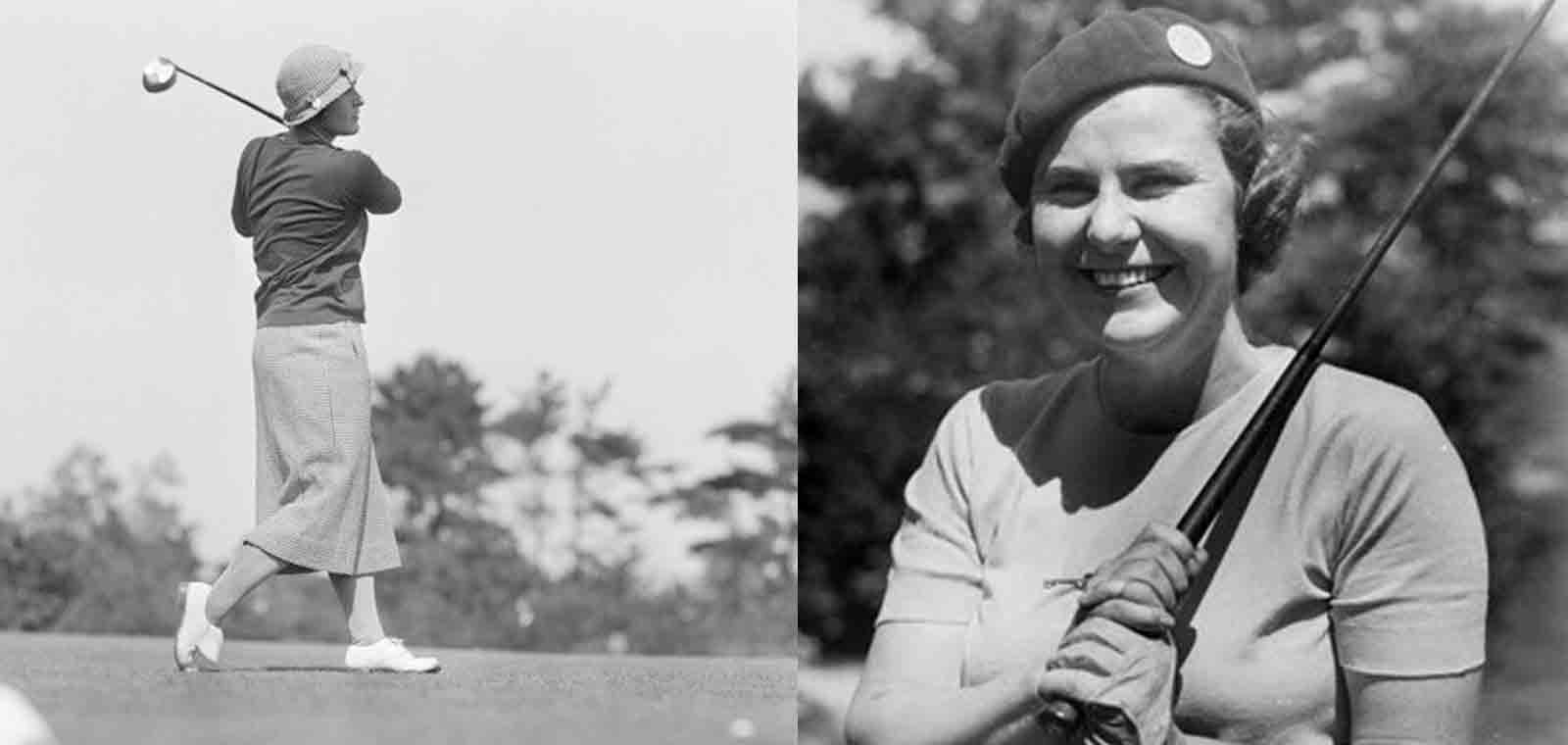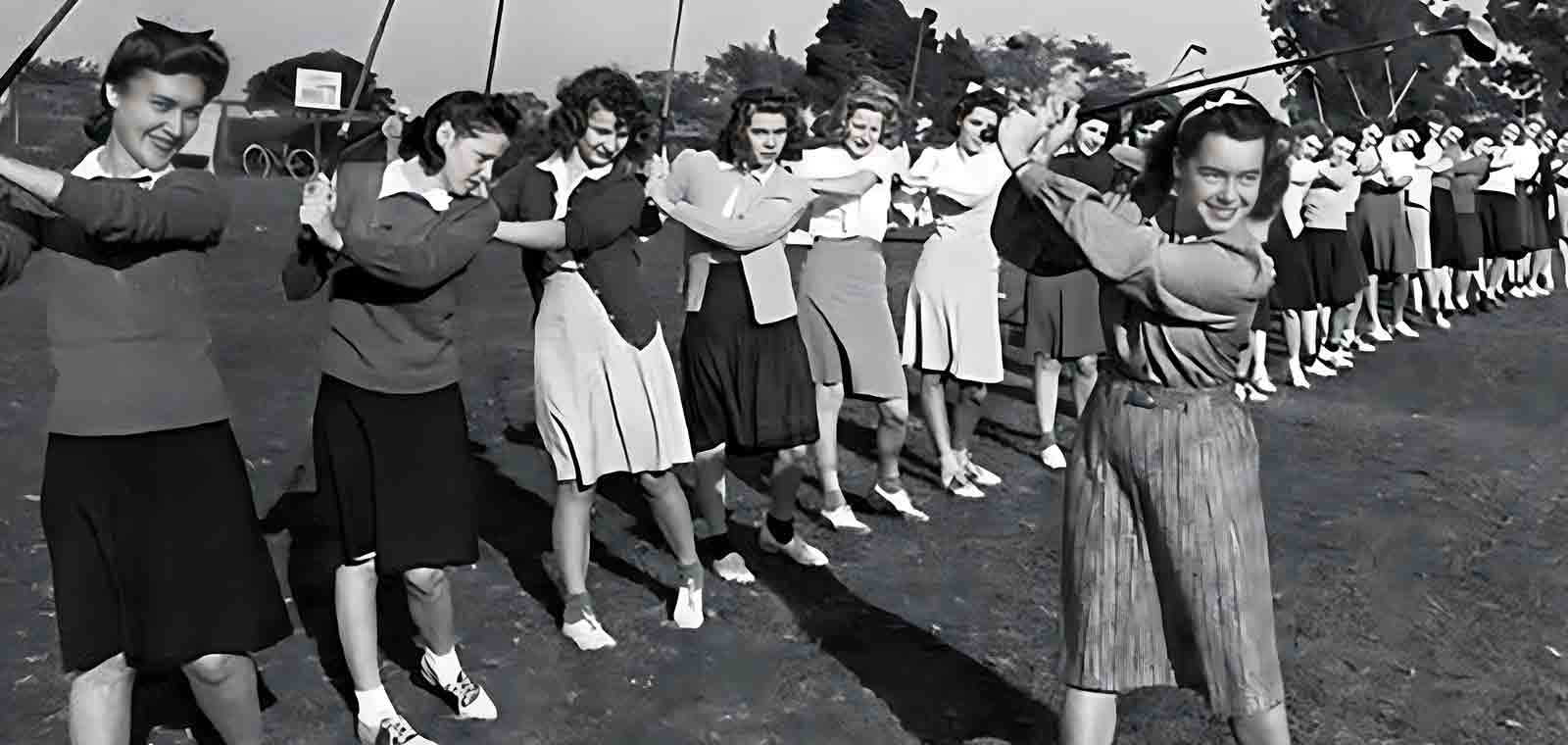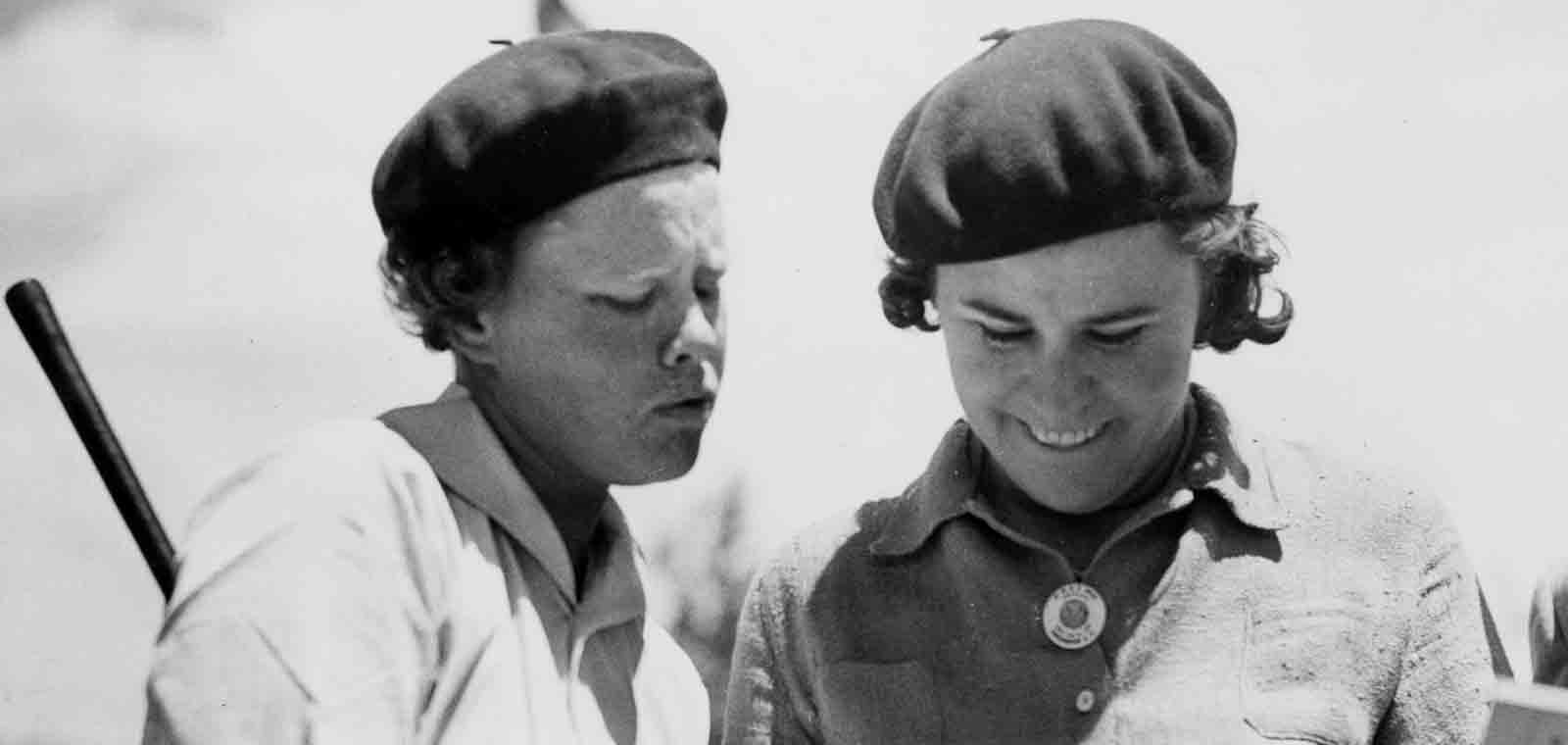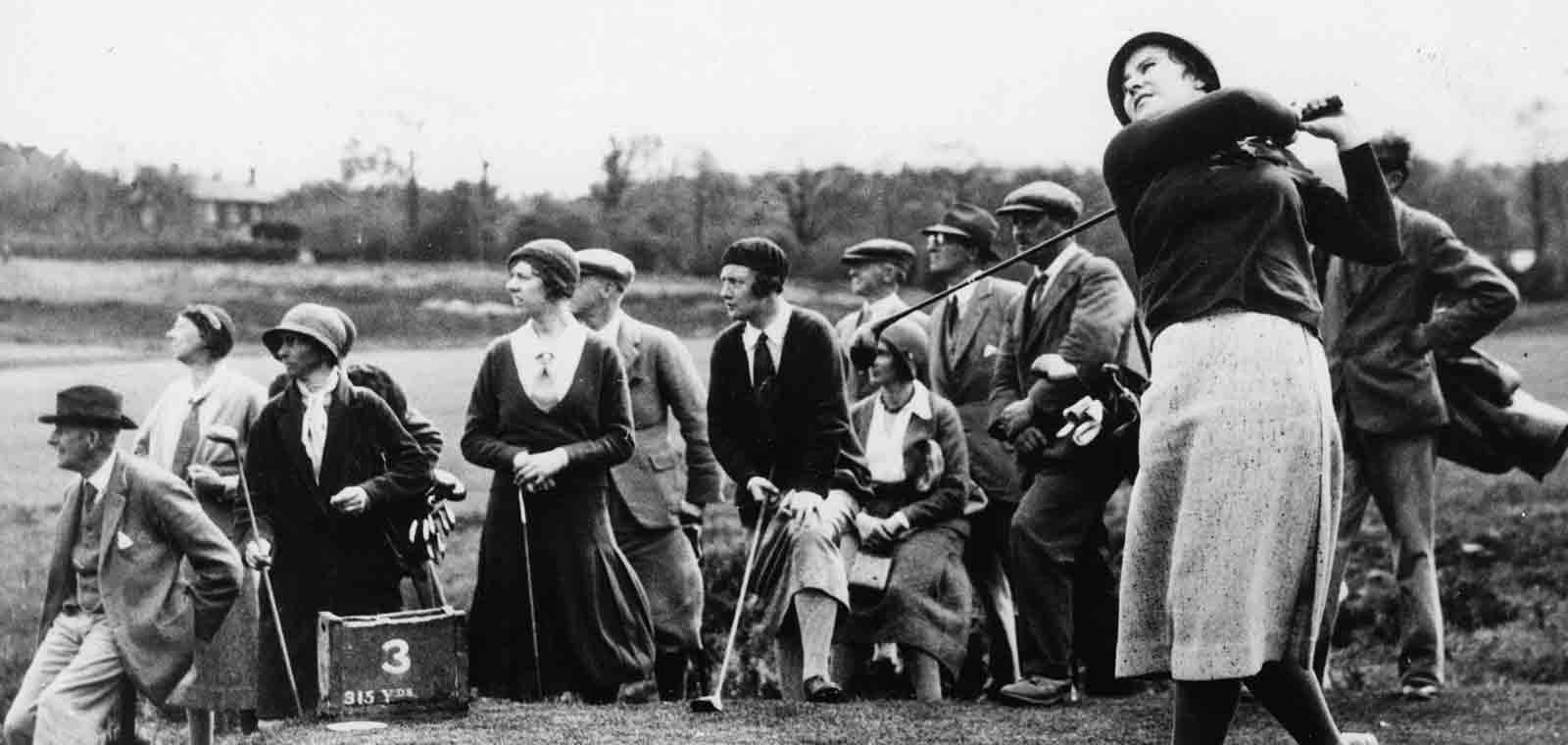Someone had to be first. In the history of golf, the 13 original Founders of the LPGA have been rightly heralded for their vision, tenacity, resourcefulness and dogged persistence as they created what has now become the oldest professional league in women’s sports. This year, those Founders who were not already included will be inducted into the World Golf Hall of Fame during the 124th U.S. Open at Pinehurst Resort, a celebration of the Hall’s move from St. Augustine, Fla. to the Village of Pinehurst in North Carolina. One of those new inductees will be a woman many people don’t know. That is a shame, really since Helen Hicks, one of the original 13, was the very first woman professional golfer.
There were a few club pros in the pre-World War II era, although even those numbers were a pittance compared to the swelling ranks of men within the PGA of America. In the early days of American golf, most club pros – all men – came from Great Britain where golf had been an honorable craft for three centuries.
By the 1930s, the game was full of magnificent women amateurs. Among them were Margaret and Harriot Curtis, creators of the Curtis Cup; Glenna Collette Vare, for whom the Vare Trophy is named; Alexa Stirling, friend and inspiration for a young Bobby Jones; World Golf Hall of Fame member Marion Hollins; and Edith Cummings, whom F. Scott Fitzgerald would make famous as the literary model for Jordan Baker in The Great Gatsby But only a handful of women – Helen McDonald in Chicago and Bessie Fenn in Palm Beach, Fla., for instance – made a living teaching the game. No woman earned a wage playing or promoting golf. Such an idea seemed absurd at the time.
Then came Helen Hicks.
In 1934, the gregarious girl who grew up in Cedarhurst, N.Y. signed a contract with Wilson Sporting Goods to travel the country promoting the Wilson brand. She had a pilot’s license for a single-engine private plane, so barnstorming and giving exhibitions was easier for Helen than for some others. But it was a radical move by the leaders at Wilson and a giant leap of faith by an athlete.






)
)
)
)























